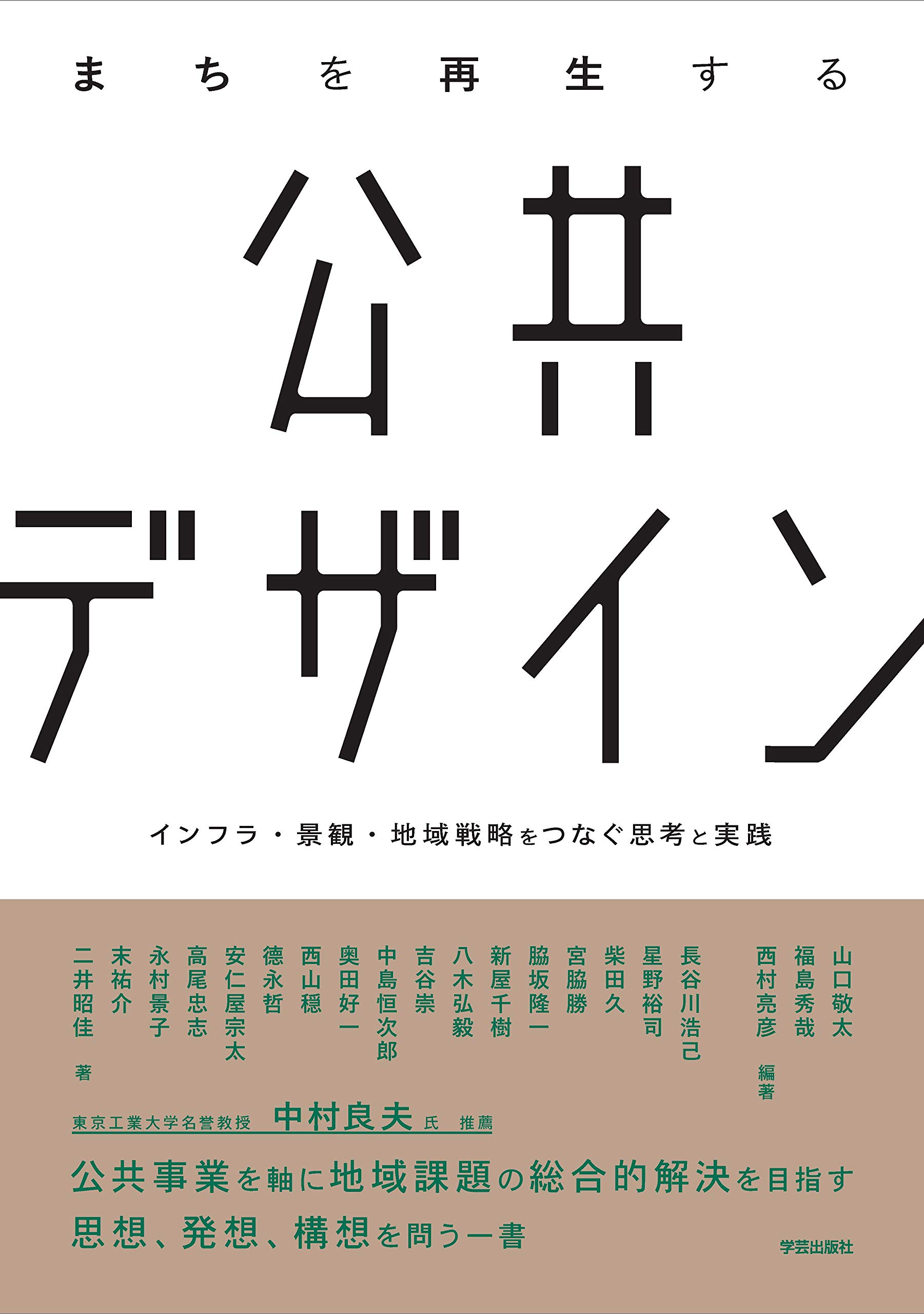
Title
Street Design Management (-Systems, organizations, and processes for the utilization of public space-)
Size
176 pages, B5 format
Language
Japanese
Released
March 05, 2019
ISBN
978-4-7615-2699-3
Published by
Gakugei Shuppansha.
Book Info
See Book Availability at Library
Japanese Page
Since 2000, there has been broad interest on initiatives that make use of pedestrian zones, outdoor cafes, open-air stands, parklets, transit malls, and other public spaces in urban areas, particularly “streets” which expand the concept of roads or avenues. A factor behind this is the international trend to restore roads for people, since motorization has made roads the exclusive realm of automobiles, and to redesign them as streets where city residents can conduct all kinds of activities and perform integrated management of the way streets are used.
A variety of initiatives related to streets have been undertaken in Japan, but these have been interpreted as discrete solutions adapted to local characteristics, instead of being established as generally applicable methodologies. The focus on public spaces or streets throughout Japan has been accompanied by the demand to formulate design management theory by classifying and systematizing methods, organizations, and processes which have been in practice for many years. Such research activities can involve more people in the design management of streets, make systems flexible to support this process, stimulate the utilization of streets, and enrich the lives of city dwellers. This book is a single volume that brings together the practice and research achievements of researchers in the fields of architecture, environmental engineering, urban design, city planning, and transportation planning, which share this problem consciousness.
The introduction discusses the basic concepts of street design management, while Chapter One organizes the history and types of streets in Japan and the challenges facing the legal system. Chapter Two introduces the relationship of streets with urban culture and Chapter Three explains the policy of opening streets to pedestrians. Chapters Four to Six present sample cases of specific topics: methods of opening each kind of street space to pedestrians, processes at the initial stage, formation of organizations, and evaluation methods. Chapter Seven focuses on streets as a symbol of recovery from the Great East Japan Earthquake. The final chapter summarizes the methods of dealing with streets and the direction of street design management.
Through this book, readers are sure to learn that roads which people use casually and habitually are urban infrastructures not only for automobiles but also for people and discover the tremendous potential of transforming them into streets which serve as places where urban residents can conduct their day-to-day activities. I also look forward to readers deciding to study street design management to make this process a reality and to participate in initiatives to achieve this goal.
(Written by DEGUCHI Atsushi, Professor of Graduate School of Frontier Sciences / School of Engineering and MURAYAMA Akito, Associate Professor, School of Engineering / 2019)



 Find a book
Find a book







